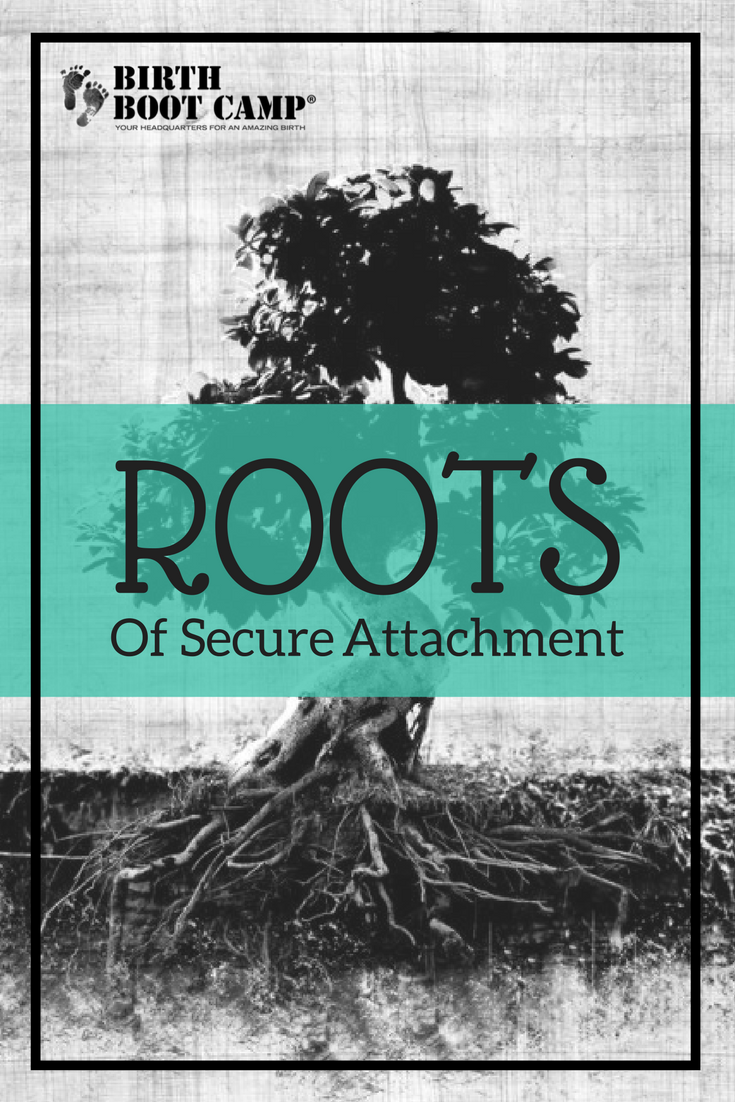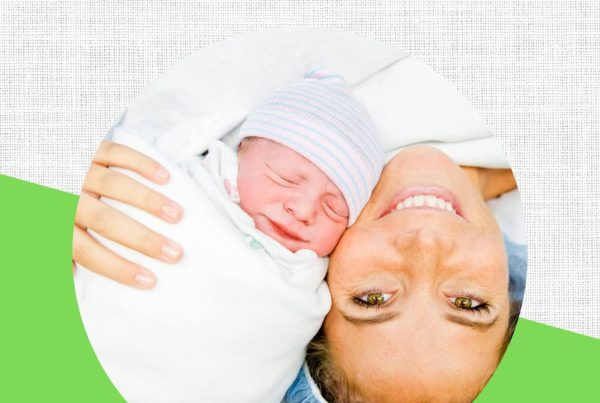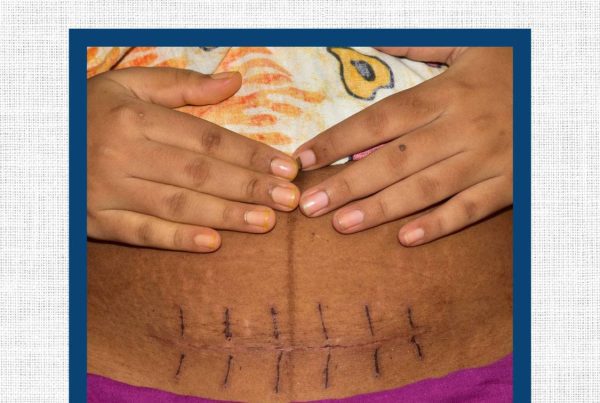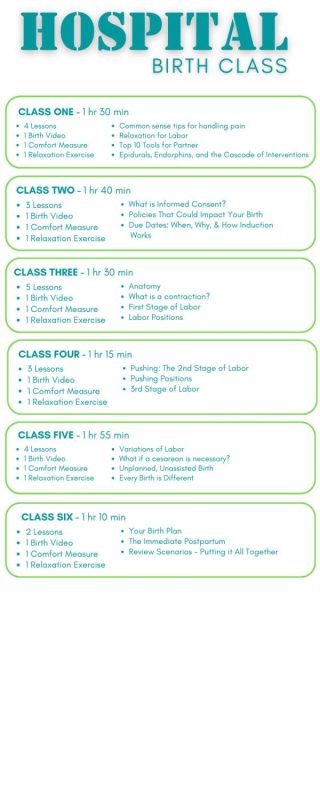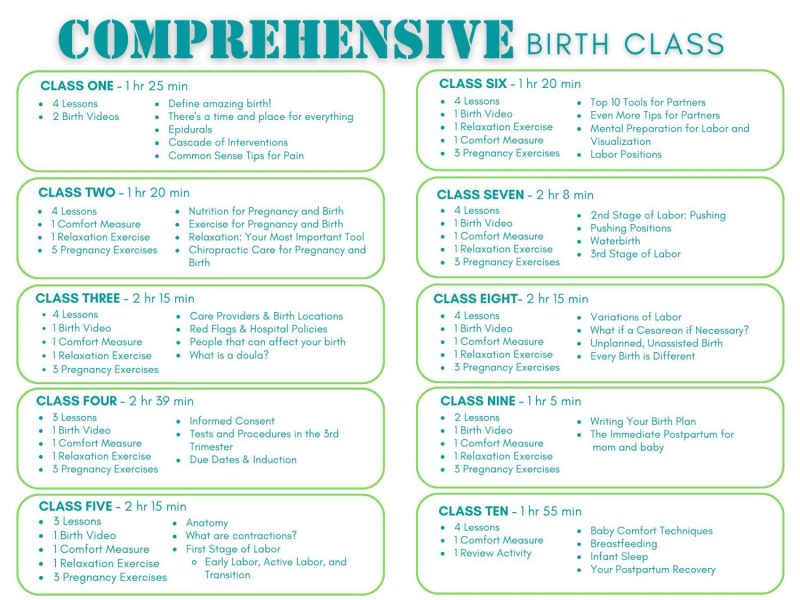Roots of Secure Attachment
The old saying, “children don’t come with a manual,” is no longer true. Go to any bookstore and you will find that children actually come with hundreds of very self assured manuals, each proclaiming their own brand of perfection.
All the manuals likely have something useful to contribute to your parenting journal, but not all are based on research.
However, psychology has, for many years, been researching the roots of secure attachment.
Babies need to be responded to. The back and forth, the smiles returned, the “dance” of parenting a newborn is called “synchrony” and is one way we help ensure attachment.
Yet any modern parent knows that the demands of babyhood can be difficult to align with a full-time working schedule, busy lifestyles, and other young children.
Which begs the question, why invest so much when it is, simply put, so hard?

The joyous communication between care giver and baby is integral in establishing secure attachment.
The Research on Attachment
Parents for many generations have held, cuddled, fed, and loved on their babies. In fact, babies encourage and demand this kind of close contact. Caring for them constantly helps ensure their survival and thus the survival of our species.
However, there are differences across cultures and through time regarding baby raising, as manifest by the excess of parenting books you can find today.
The first research on attachment was done by John Bowlby and Mary Ainsworth. Bowlby, a psychiatrist, was working with children who had undergone separation from their mother due to World War II, and showed signs of maladjustment, including criminal behavior.
Bowlby himself had experienced separation from his own parents frequently as a child, something common to those in his social class when nannies did much of the childcare and boarding school was an accepted norm.
With these two brilliant individuals, began the first research into mother-infant attachment.
The Strange Situation
Mary Ainsworth was fascinated by Bowlby’s work and her own history of separation. They formulated the basis of modern attachment theory and Ainsworth instituted a research model still used today; the “Strange Situation.”
Using this experimental model, Ainsworth observed infants in a room with toys and their mother. Then, observations were made as a stranger entered, mother left, mother returned, etc. Observations were also made of the baby if left completely alone. The reactions of the baby were observed.
Babies did not all react in the same manner to the strange situation. Their reactions or style of attachment was divided into three (and later four) categories.
The Types of Attachment
The four ways that babies mainifested their attachment were as follows.
Secure attachment
These babies are sad to see mother go but were quick to calm down when she returned. They view their mother as a “secure base” from which they can safely venture into the world. They seem to value her presence, miss her when gone, but be unafraid of venturing into the world when she is present.The majority fell into this category. As adults, these securely attached infants are capable of healthy relationships and have less anxiety.
Insecure/Avoidant
These babies avoided mother, didn’t really notice when she left, and ignored her up on return. As adults these children tend to be more “aloof” in their relationships.
Resistant/Ambivalent
These babies are overly clingy with their mother, sad when she goes, and then display anger when she returns and may even hit her. As adults, their relationships are said to be “stormy” and they are higher in anxiety.
Disorganized
The most recently added category to the attachment framework, these babies have no framework to deal with a “strange situation.” They are careful, confused when mother leaves, and again act odd when she returns, sometimes inflicting pain on themselves.
This reaction is an indication of abuse or trauma. Luckily, children in this category are fewer in number than the others, but their social issues, including acting out in school, emotional outbursts, and difficulty with adult relationships, can continue to damage the next generation if not corrected.

Secure attachment pays dividends throughout the life-cycle.
What Makes Secure Attachment?
Researchers have found that secure attachment is more likely if parents are:
- Sensitive and responsive to the baby
- Parents are in synchrony (smoothly exchange responses) with their child
- The baby is of an easier temperament
- Parents are not overly stressed about things such as income or the marriage relationship
- The parents themselves had secure attachments
The popular attachment style of parenting can help facilitate this, but secure attachment is not reliant on breastfeeding, cloth diapering, or co-sleeping. It is about communication and responsiveness from a care provider who is, themselves, secure.
What Causes Attachment Issues?
We are probably all aware of examples of babies who were denied, in the extreme, healthy attachment. Images of babies kept in large orphanages without much care beyond food, spring to mind.
Babies such as this grow into adults with many social issues. But there are more everyday, and sadly common, reasons for insecure attachment. They can include:
- Abuse or neglect
- Mentally ill parents
- High stress levels in parents
- Controlling parents
- Alcoholism
- Baby with a difficult temperament
- Traumatic separation from nurturing parent

Appropriately responsive, present, care providers are key in establishing a secure base for children.
The Roots of Attachment
The theories behind secure attachment are actually more than just theories. Much research has been done regarding how to forge healthy attachment and what causes insecure attachment. These studies have been replicated many times and in many countries.
While there is certainly still debate on the subject, the science is clear: how we treat babies matters and it is part of what shapes their brains and makes them into healthy or unhealthy (secure or insecure) adults.
While we must all find a balance between modern living and creating a secure base for healthy attachment for our children, there is ample evidence that focusing on nurturing, looking at, responding to, and loving on our babies is more than just an intuitive way to parent; it’s good science.
Don’t confuse secure attachment with simply practicing an “attachment style” of parenting, though this could certainly facilitate secure attachment. Establishing this base is more than just a style; it’s consistent appropriate responses. It’s synchrony.
“Infants whose caregivers consistently respond to distress in sensitive or ‘loving’ ways, such as picking the infant up promptly and reassuring the infant, feel secure in their knowledge that they can freely express negative emotion which will elicit comforting from the caregiver” 1
So don’t feel guilty for picking up your baby when they fuss, or feeding them when they appear hungry rather than when the clock says it would be appropriate. These little sacrifices that we make daily for our children help build them into more independent and happy toddlers, and eventually, adults.
- https://www.ncbi.nlm.nih.gov/pmc/articles/PMC2724160/
2. https://www.ncbi.nlm.nih.gov/pmc/articles/PMC4085672/

